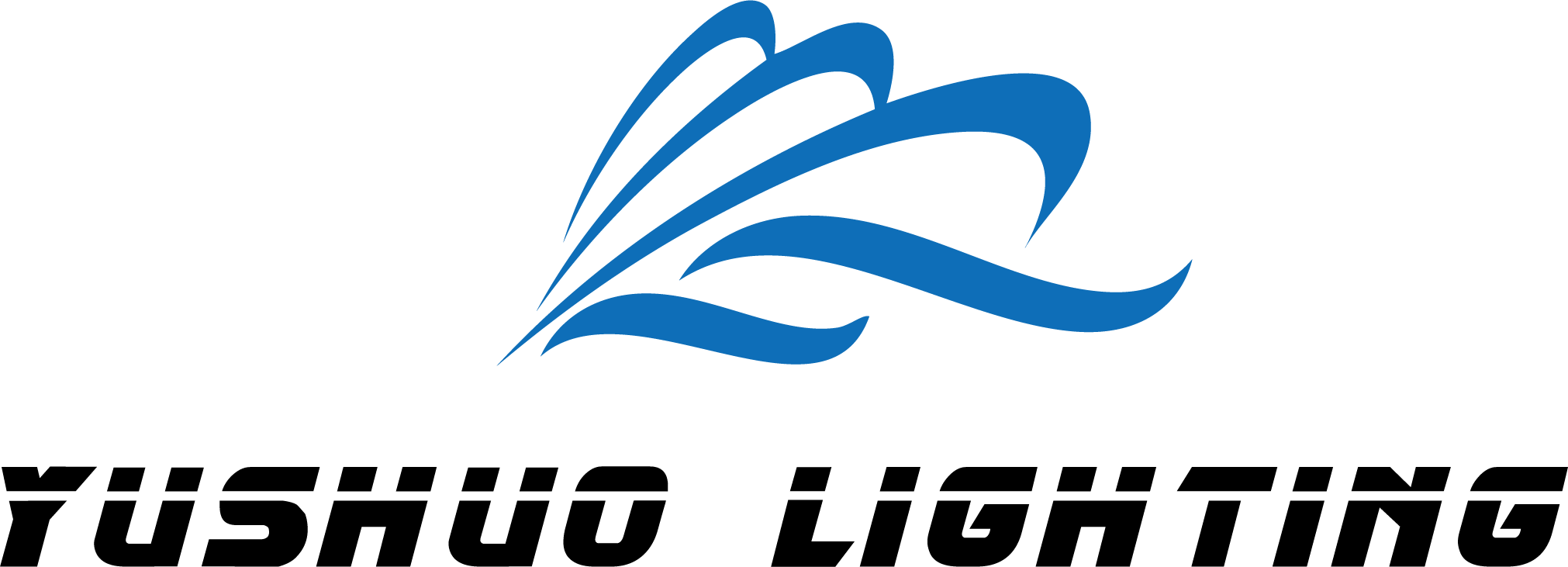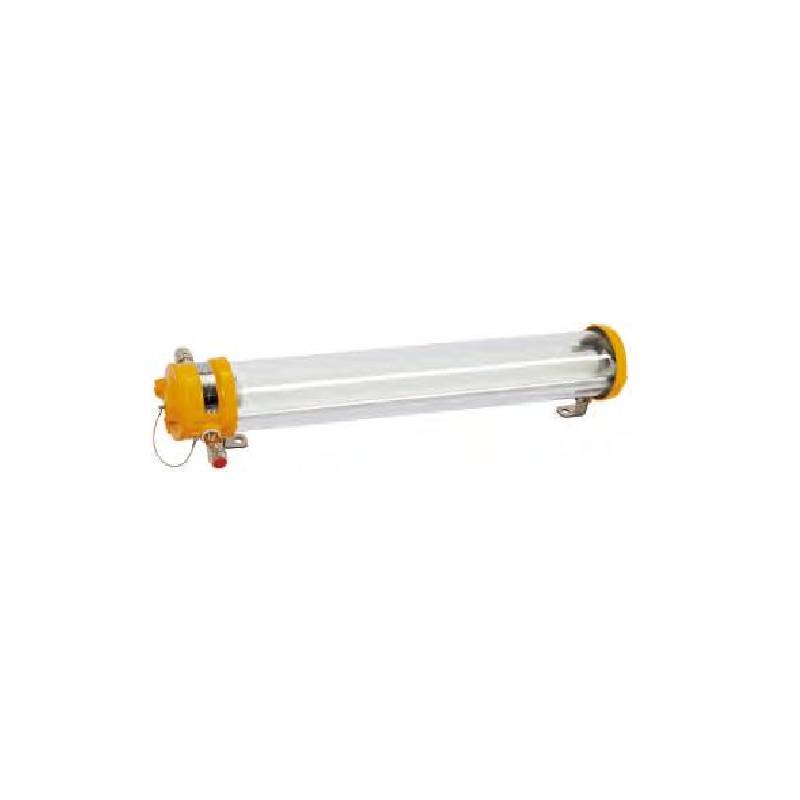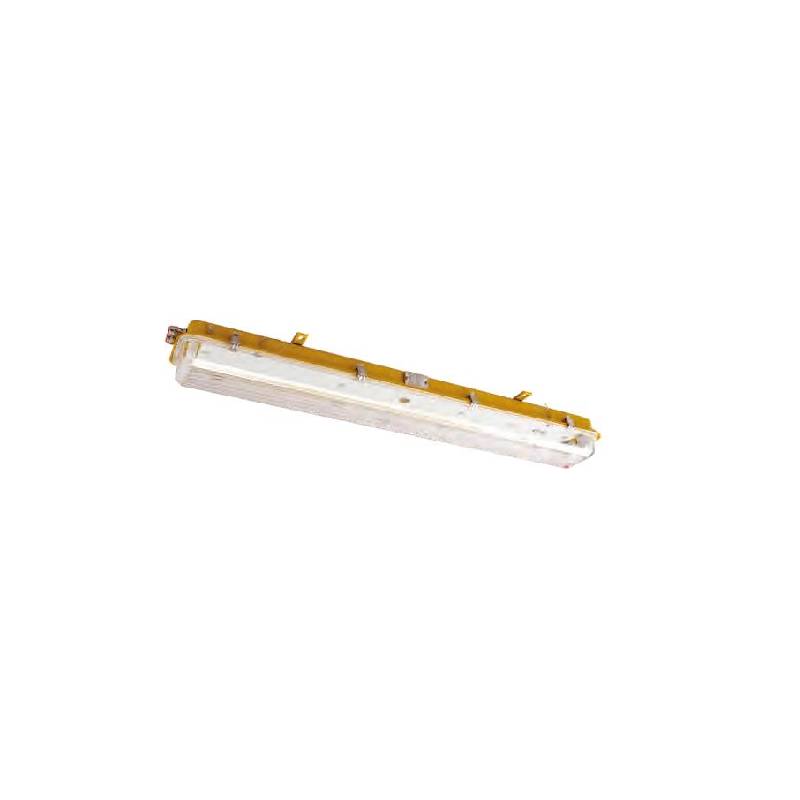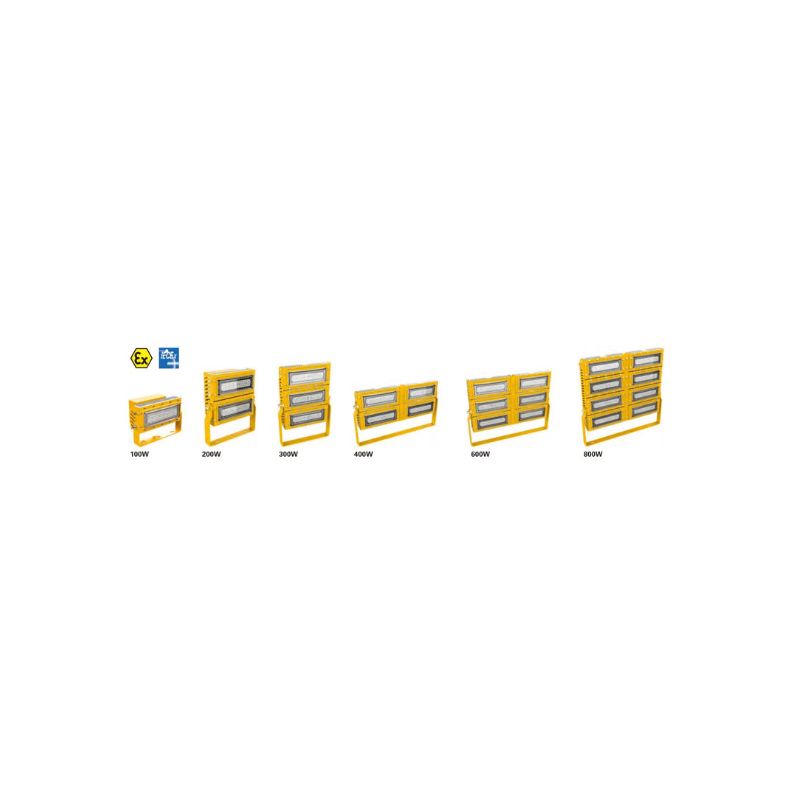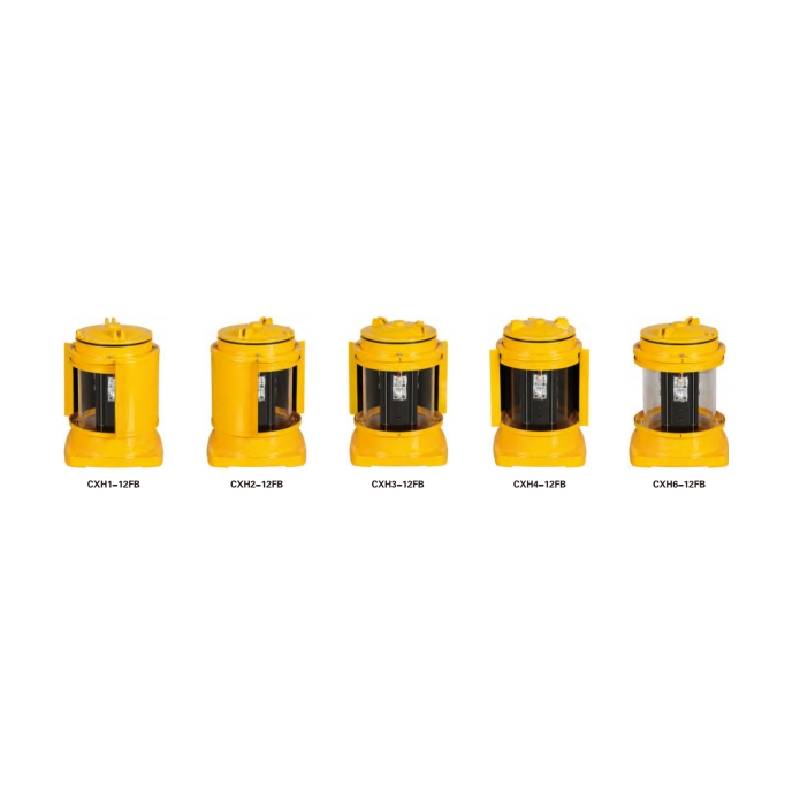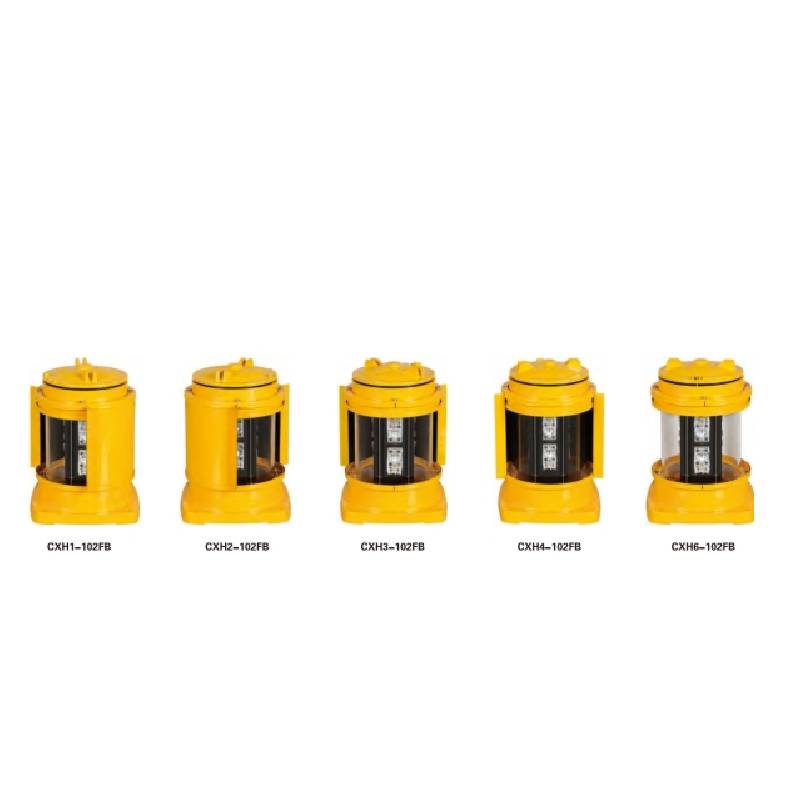Cost vs. Safety Optimization in Explosion-proof Lighting
Explosion-proof lighting is designed to keep sparks or heat from igniting flammable gases, vapors, or dust, so as to ensure the safety of workers and infrastructure. However, the design and implementation of explosion-proof lighting always require a delicate balance between cost efficiency and uncompromising safety.

Table of Contents
The Importance of Safety in Explosion-Proof Lighting
Safety is the foundation of explosion-proof light design. In areas with explosive atmospheres any design flaw could result in catastrophic accidents. So, the materials, housings seals, electrical systems are designed to protect against any ignition source within the system. International certifications like ATEX, IECEx, or UL standards specify stringent requirements for manufacturers to meet. This ensures that lighting are able to function reliably in extreme heat or pressure conditions.
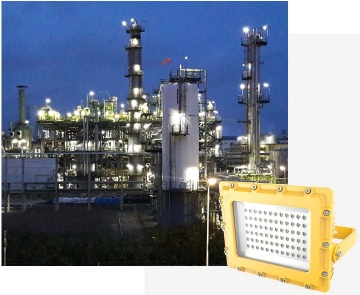
Understanding the Manufacturing Cost of Explosion-Proof Lighting
Explosion-proof lights require specialized materials, advanced sealing techniques, thermal management systems, impact-resistant enclosures, etc, which will increase the production costs.
| Cost Component | Description | Impact on Cost |
| Raw Materials | Aluminum alloys, stainless steel, glasses tempered with polycarbonate, | High (30-40 percent of cost total) |
| Design & Engineering | Advanced sealing with thermal management, resistance to impact, housings that are explosion-proof | Moderate to High (10-20%) |
| Certification & Testing | The compliance with ATEX, IECEx, UL standards, laboratory testing Validation of field tests | Moderate to High (15-20%) |
| Production & Assembly | Precision machining, manufacturing processes Quality control inspections | Moderate (15-25%) |
| Electronics & LED Systems | LED modules, drivers, circuit protection, IoT integration | Moderate to High (10-20%) |
| Coatings & Finishing | Anti-corrosion coating, painting, protective surface treatments | Low to Moderate (5-10%) |
| Packaging & Logistics | Protective packaging, compliance labeling, safe transport | Low (3-5%) |
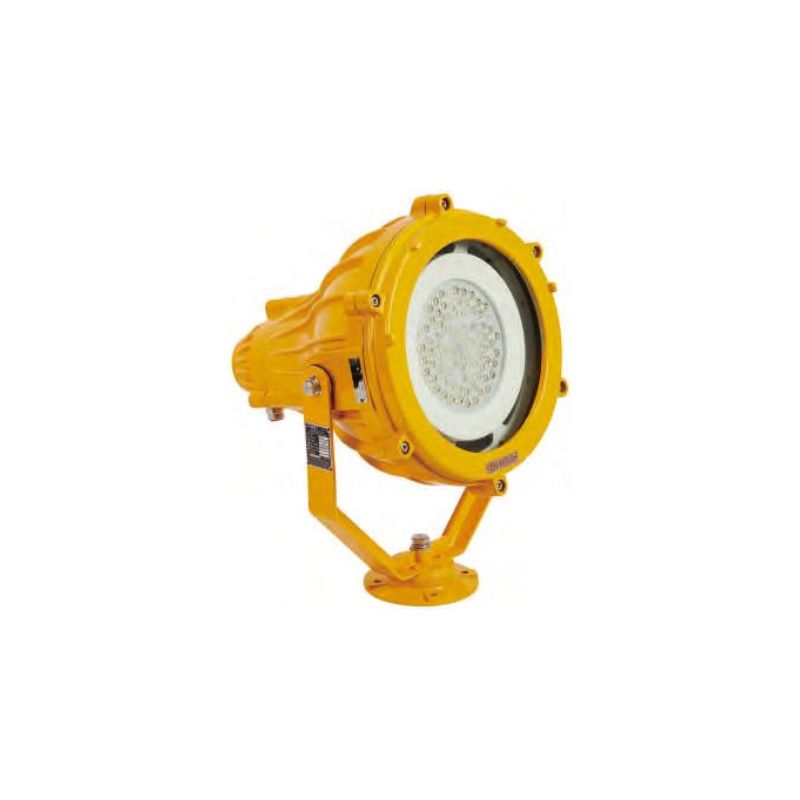
Challenges of Balancing Cost and Safety in Explosion-proof Lighting
| Aspect | Safety Priority | Cost Pressure | Challenge |
| Material Selection | High-quality stainless steel, tempered glass and corrosion-resistant alloys guarantee security | The cost of raw materials increases production costs | Safety and durability are balanced with low-cost alternatives |
| Design Complexity | The latest sealing technology and thermal management as well as the ability to resist impact are vital. | Complex designs increase the cost of manufacturing and maintenance | Insuring safety standards with minimal engineering costs |
| Certification & Testing | The compliance to ATEX, IECEx, UL ensures safety and worldwide acceptance | Certification processes can be expensive and time-consuming. | Implementing mandatory standards while reducing the costs of certification |
| Energy Efficiency | LEDs as well as smart temperature management minimize the dangers of ignition | Electronics and LEDs with advanced technology are more expensive initially. | The reason for higher initial costs is longer-term energy savings and maintenance |
| Maintenance | Inspections regularly conducted ensure the security of areas of risk | Routine checks and part replacements can increase labor costs and reduce downtime. | Making modular, low-maintenance explosion-proof light solutions to help reduce the cost of life |
| Customization | Protection levels that are zone-specific (Zone 0 1, 2,) ensure security | Customization in explosion-proof lights can increase the design, inventory and manufacturing costs | The goal is to improve safety without over-engineering every installation |
| Innovation Adoption | Monitoring with smart technology and IoT integration increase the security | New technologies bring an important upfront investment | The balance between innovation and accessibility to large-scale deployment |
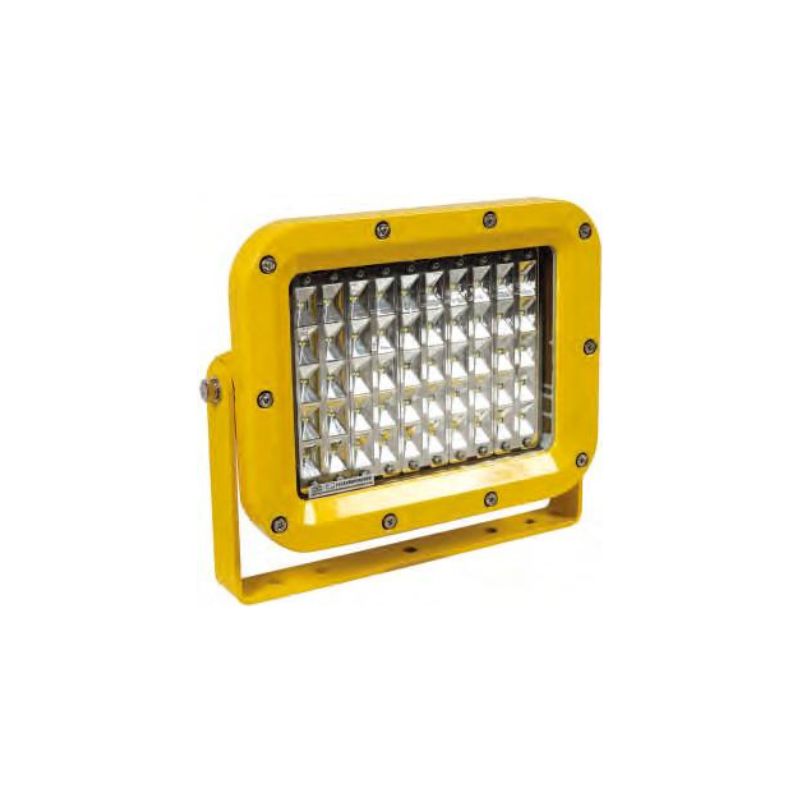
Key Strategies for Cost vs. Safety Optimization in Explosion-Proof Lighting
1. Smart Material Selection
A highly efficient methods is to select the best materials that can balance cost and performance. Glass tempered with stainless steel and tempered are extremely durable and have excellent resistance to corrosion but are the cost of. Alternatives such as aluminum alloys that have protection coatings or polycarbonate lenses that are reinforced can provide sufficient safety while also reducing costs. The trick is matching the choices of materials with the specific requirements of the environment in each zone.
2. Leveraging Modular and Standardized Designs
Explosion-proof lighting that is constructed with modular components ease maintenance and cut down on life-cycle costs. For instance, replacement LED modules or standard housings permit quick changes to parts without having to replace whole units. Standardized designs across various installations can also cut down on cost of manufacturing and inventory while ensuring compliance with safety standards.
3. Prioritizing Energy-Efficient Technology
Moving from conventional bulb to LED technology is a key method to balance cost and security. LEDs generate less heat and reduce the risk of ignition, and last for a longer time which reduces the need for replacement. While the initial cost of LED explosion-poof lighting may be more expensive however the benefits over time in terms of energy and maintenance justifies the cost.

4. Tailoring Safety Levels to Hazard Zones
There are many hazardous areas that do not require the same amount of protection. For instance zone 0 requires continuous explosion-proof security, whereas Zone 2 is less prone to the risk of explosions. By carefully separating lighting systems based on the danger zone, companies can more efficiently allocate resources. This helps avoid unnecessary spending in areas that don’t need the most stringent safety standards while keeping the required standards.
5. Embracing Lifecycle Cost Analysis
When considering the safety of lighting for explosions it is important to consider how much it costs to own (TCO) not just the upfront cost. Incorporating the energy consumption along with durability, frequency of replacement and maintenance expenses often results in safer, higher-quality designs are more value over the course of time. This approach is holistic and ensures that the safety of your family while maximizing the long-term costs.
6. Integrating Smart Monitoring and Automation
Integration of Internet-of-Things (IoT) enabled sensor and monitoring systems enables instant detection of temperature, vibrations, and electrical irregularities in the explosion-proof lighting. While these technology might initially cost more however they are capable of preventing catastrophic failures, reduce downtime and prolong the life of equipment. This proactive approach increases security while decreasing the chance of unexpected repair or replacement costs.
7. Balancing Innovation with Cost-Effectiveness
Innovative technologies such as the additive production (3D printing) of housings or environmentally friendly coatings can dramatically decrease production costs without any compromise in security. Companies that embrace innovative and cost-effective solutions can gain an advantage, while ensuring secure safety performance.
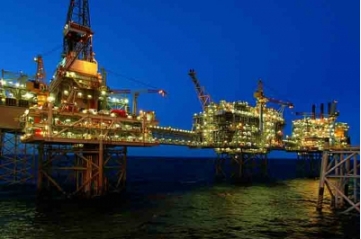
Emerging Trends in Cost vs. Safety Optimization for Explosion-proof Lighting
In recent years, several emerging trends have reshaped how industries approach this balance of cost and safety in explosion-proof lighting, making it possible to optimize both cost and safety simultaneously.
1. Modular and Standardized Designs
Manufacturers are moving towards modular designs that allow for quick replacement of drivers, LEDs or lenses without having to throw away all of the fixture. Standardization across all product lines reduces the complexity of manufacturing and cost of inventory while also making sure that they are in line in accordance with safety regulations internationally. This can significantly increase the cost of lifecycle while maintaining high performance in safety.
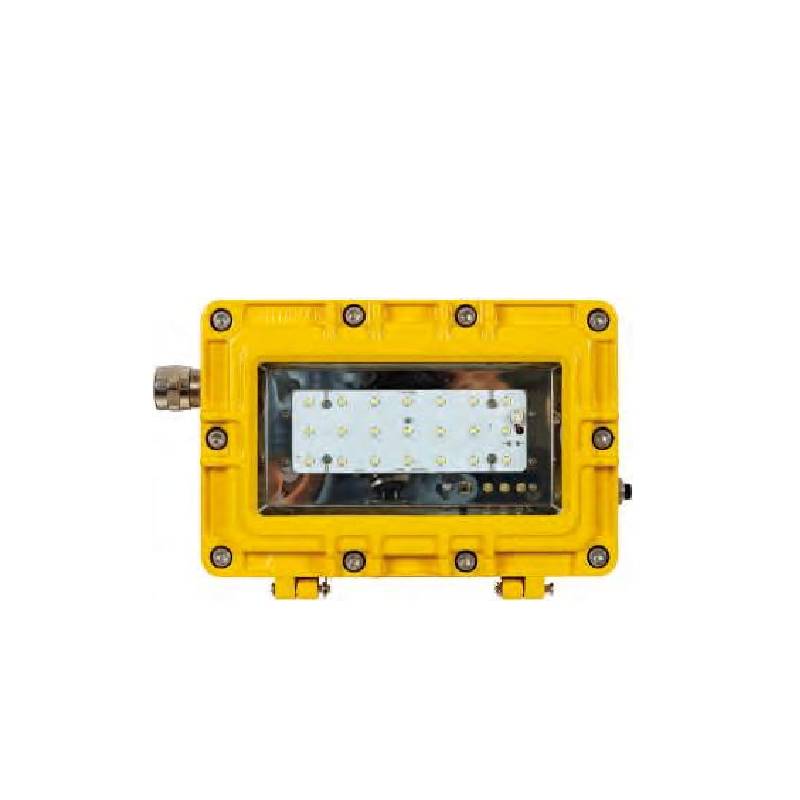
2. Use of Hybrid and Sustainable Materials
Material costs remain among the biggest contributors to the cost of lighting that is explosion-proof. To combat this, businesses are looking at hybrid materials, such as aluminum housings containing anti-corrosion coatings or reinforced composites, that offer adequate security for a much lower cost that stainless steel. In addition, there is a an increasing demand for eco-friendly recycling materials which can reduce the impact on the environment and also the overall cost.
3. Zone-Specific Safety Optimization
The requirements for explosion-proof lights differ based upon whether an zone is classified as Zone 0 1, 2, or 3 (for gases) and Zone 21 or 22 (for dust). Innovative design methods create protection levels that are specific to zones, making sure that businesses do not spend too much on protection in areas where it’s not necessary. This investment strategy is targeted to maximize the cost and safety.

4. Additive Manufacturing (3D Printing) in Components
The process of additive manufacturing is utilized to create elaborate enclosures and housings using lesser waste of materials. 3D-printed components enable lightweight yet sturdy structures that are able to comply with safety requirements and reduce manufacturing costs. The ability to customize for specific industrial requirements can be cheaper and faster.
5. Lifecycle Cost-Oriented Decision Making
Instead of focusing only on upfront costs industry is embracing an analysis of the lifecycle (LCCA) to determine the overall costs of ownership. This is a way to measure durability, energy efficiency maintenance intervals, and the cost of replacement. As a result, high-quality lightning solutions that can withstand explosions and provide security for the long term are increasingly being viewed as investments that are more affordable.
6. Global Standard Harmonization
The compliance with various organizations for certification (ATEX, IECEx, UL, CSA) often increases the cost of development and testing. The trend that is emerging is the standardization of global standards which may reduce the need for unnecessary certifications. This change not only decreases costs, but also provides uniform safety benchmarks across all markets.
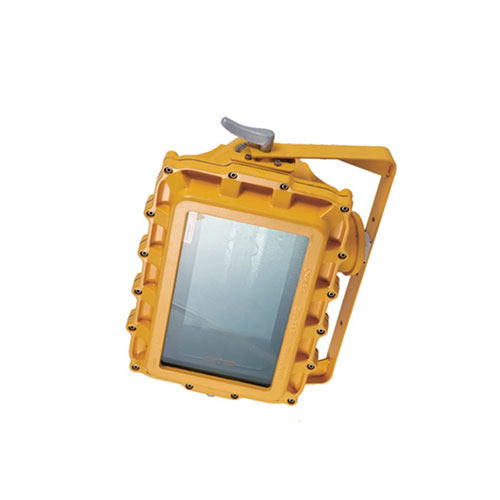
Final Thoughts
The challenge of designing explosion-proof lights lies in achieving the perfect balance between cost and safety. While cutting costs may be tempting, compromising safety in hazardous environments is never an option. Instead, optimizing should concentrate on innovative materials, efficient designs and cost management throughout the lifecycle.
